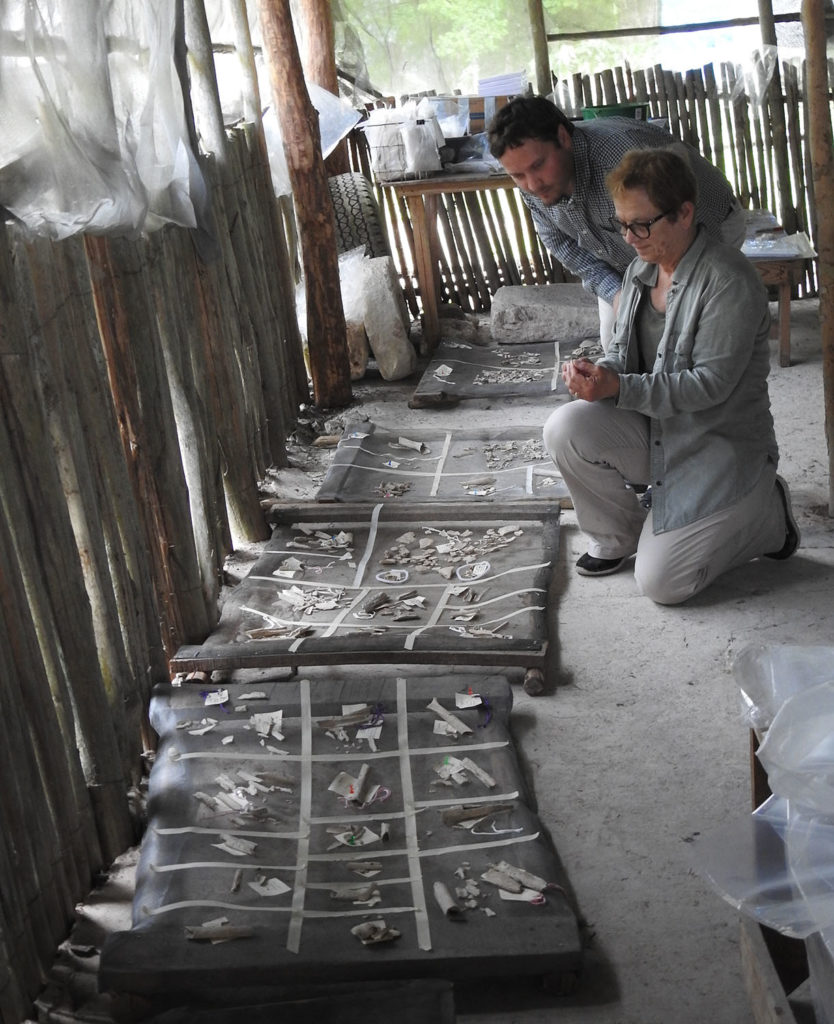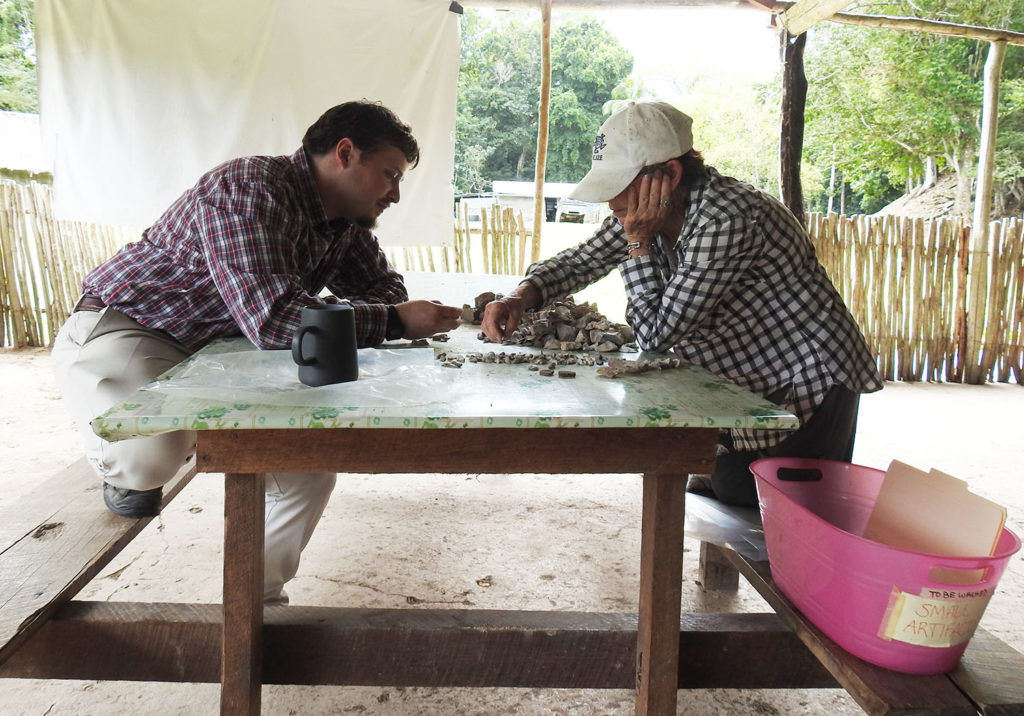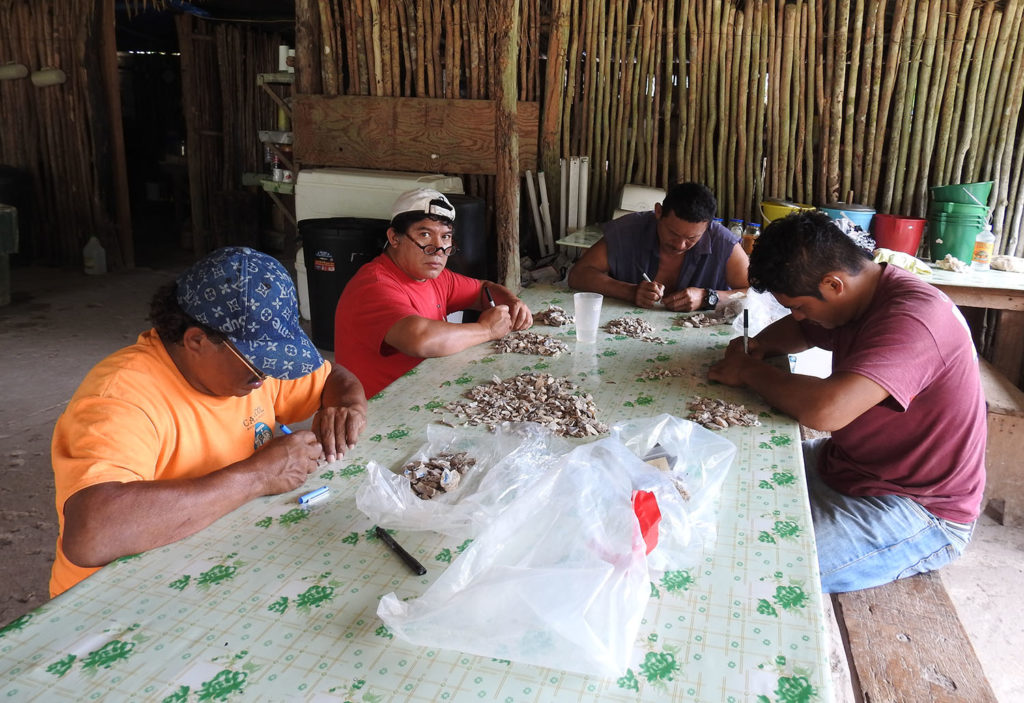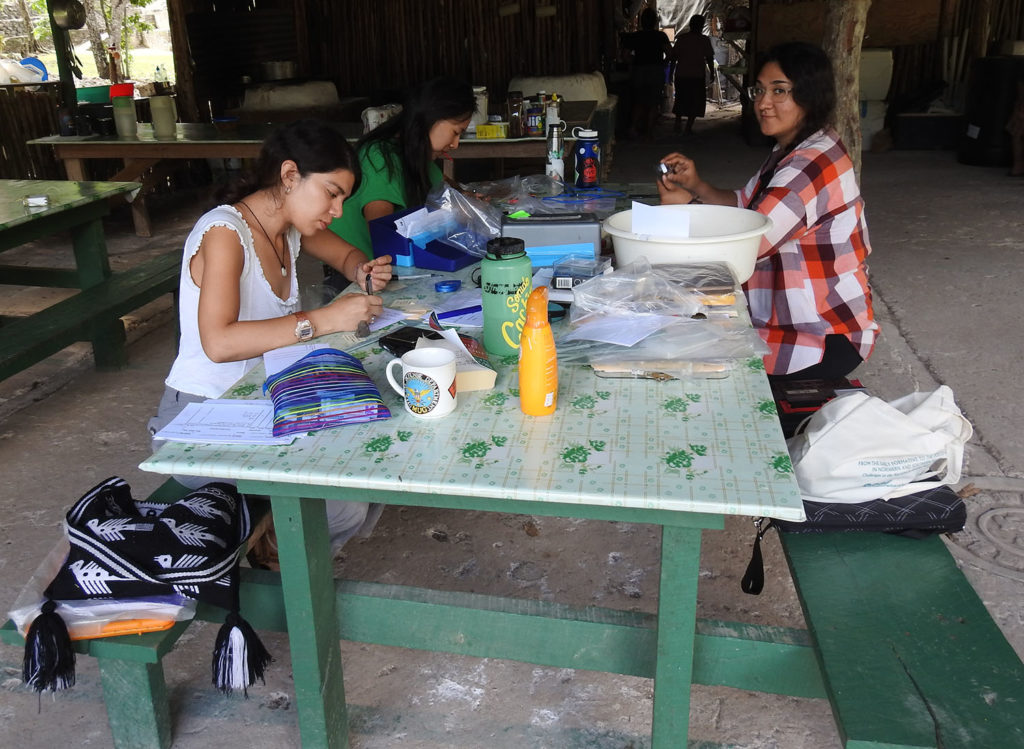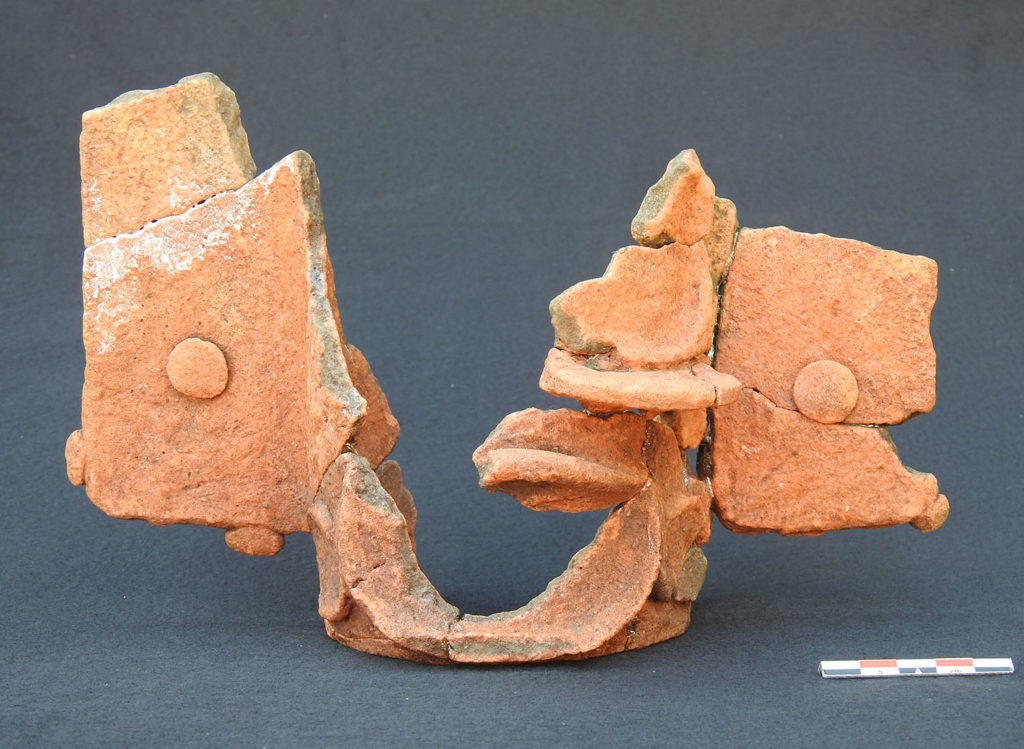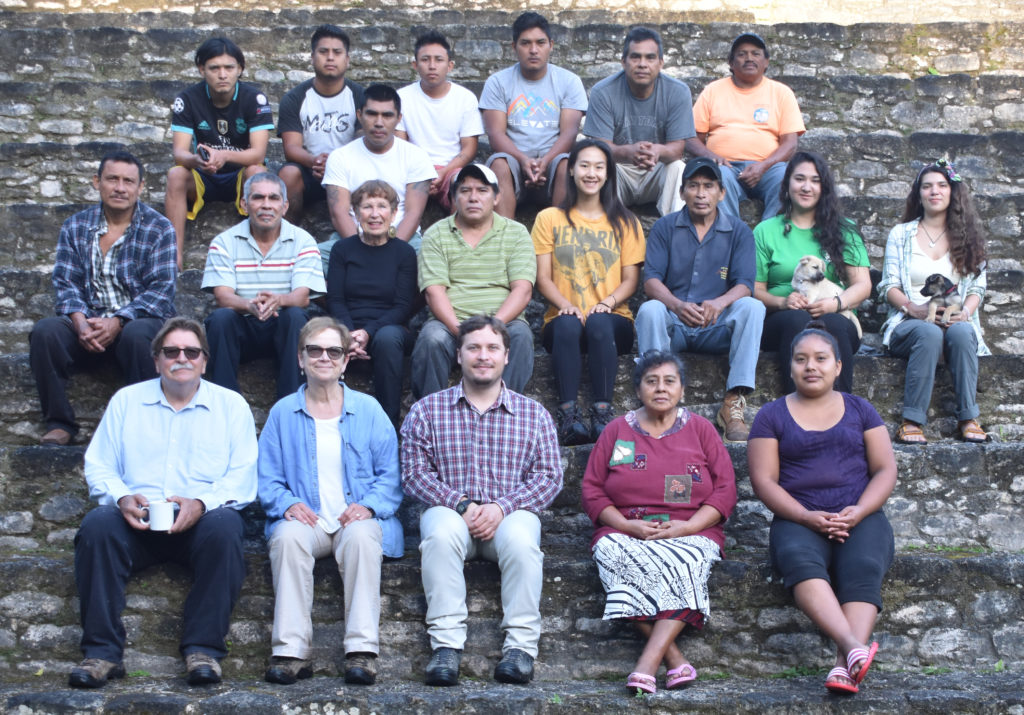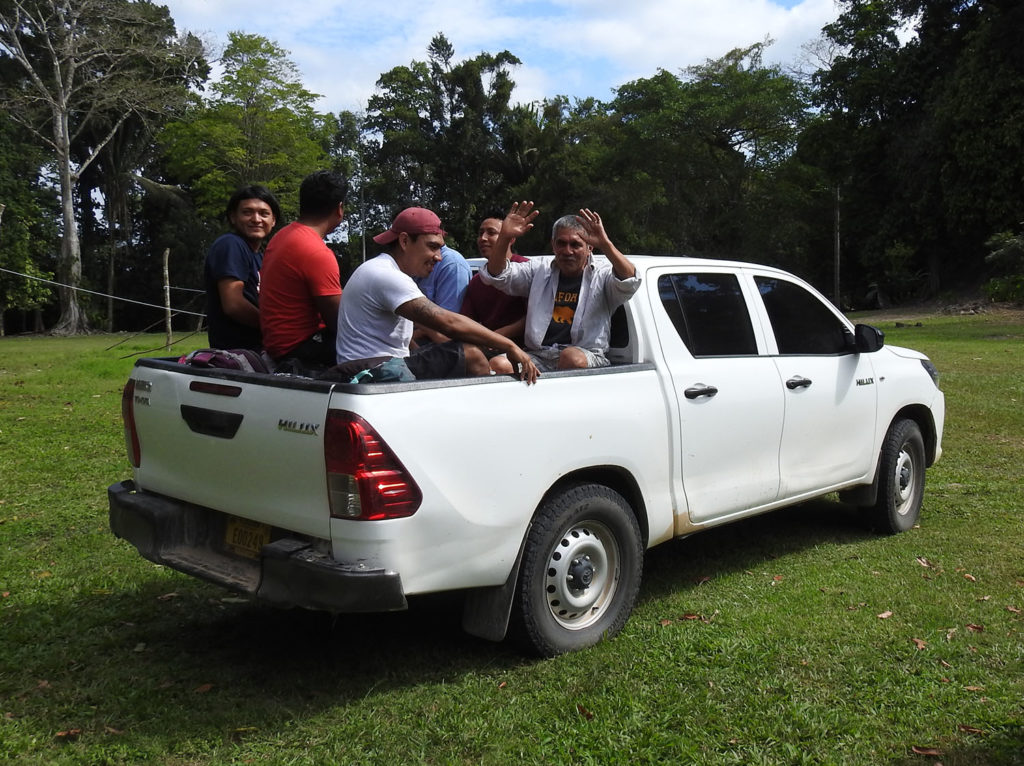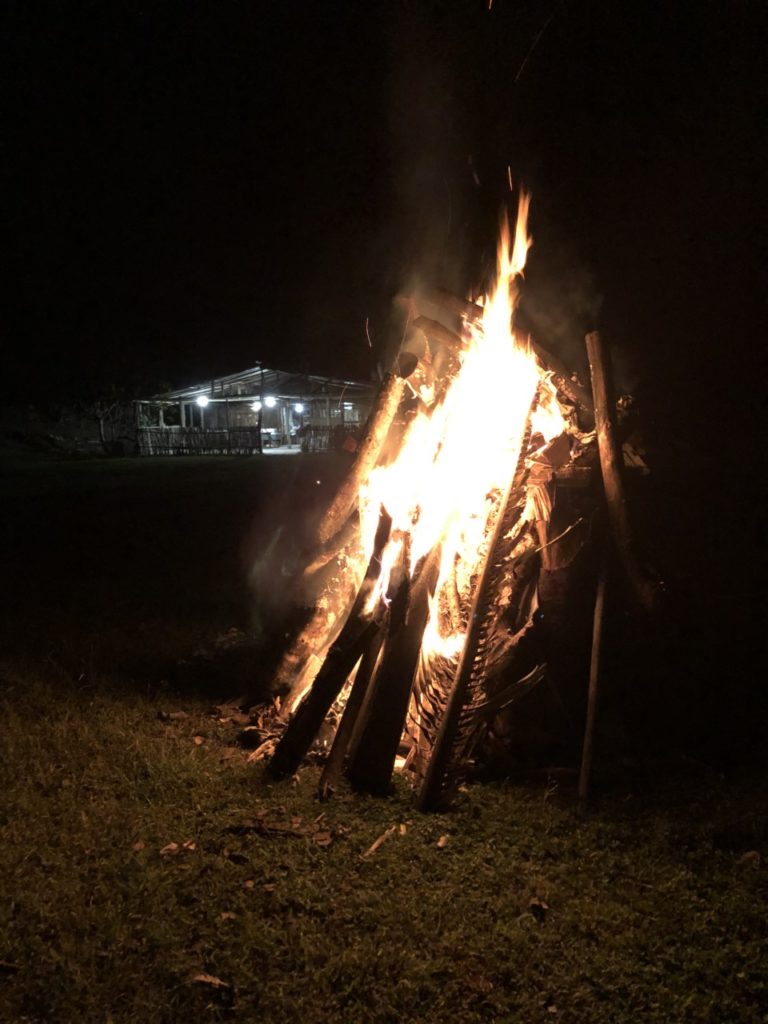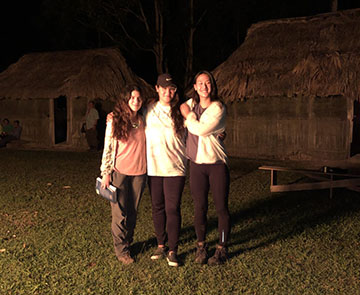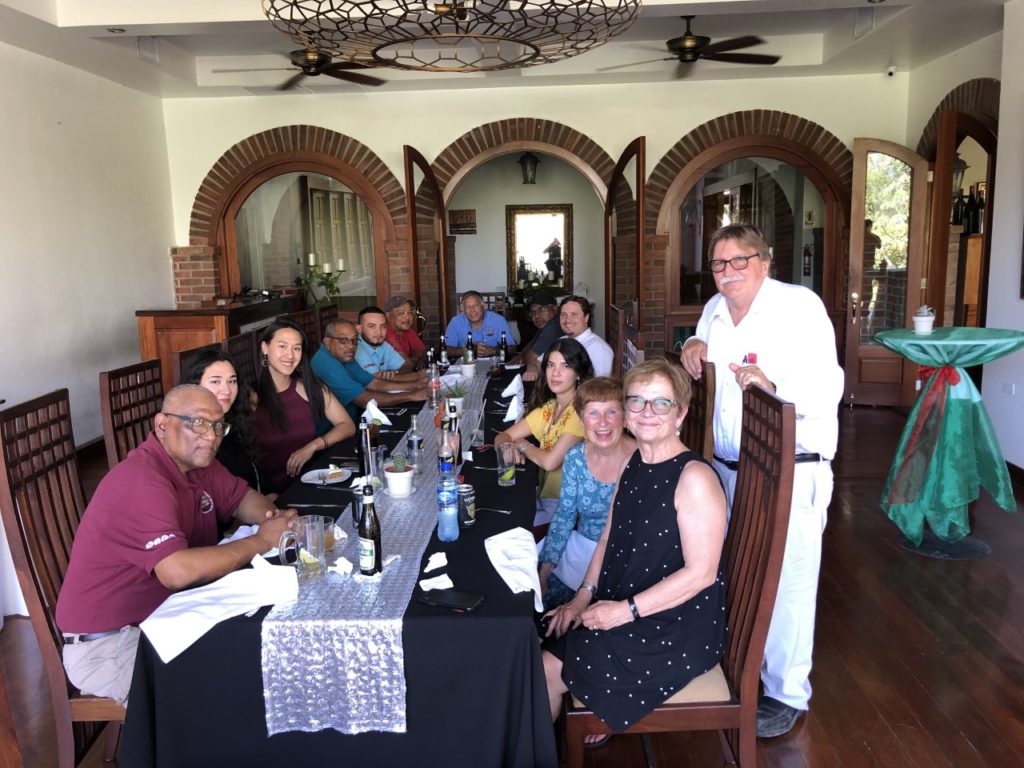The final week of the project was a blur of work as we finished with the artifact processing. The distant news about the coronavirus situation in the United States added a surreal aura to everything, especially given that tourists were still flocking to Caracol in relatively large numbers during the week, as we were busy in the laboratory working on the excavated materials. We kept monitoring the news from both Belize and the US, as well as embassy updates, but it was clear that our isolation at Caracol was actually working in our favor in terms of the pandemic sweeping the globe.
Ceramic and artifact drawings were completed at the beginning of the week while the men all numbered sherds before moving onto lithics. Arlen finished making notes about all the sherds while Diane processed the human bone and pulled potential DNA samples for testing. The cataloguing of artifactual materials went on through Thursday, as did photography. Mo worked on the huge number of lithic materials from two of the excavations, recording over 57,000 pieces of chert from her excavation in Joker Residential Group and a significant amount from a second locus in Queen Residential Group. She intends to work on these lithic materials further at the start of the 2021 field season.
In mid-week we sent out the bulk of the remaining men, leaving four behind to help move everything into storage on Thursday afternoon and night. David and Brian came in at noon on Thursday to help with dismantling camp and getting everything into storage. As usual, Angie packed up the kitchen. By Thursday night, most of the packing and moving had been done – and we had our traditional bonfire in the center of camp. Friday morning, the men began moving the remaining items (beds, tables, etc) into Lab 2 at 4 AM, so most people also arose at this time to finish packing up their bedding. One final trip was made to long-term storage and then four vehicles exited Caracol carrying all of the remaining project crew and staff.
When we arrived around 8:30 AM at the San Ignacio Resort Hotel, they were happy to see us, especially as they only had one room occupied – something that we had never seen before. They intended to close the hotel by Tuesday of next week because all of their bookings had cancelled. Belize still had no known cases of coronavirus, but had shut its border with Guatemala on Wednesday and was shutting its border to Mexico on Saturday. It had prohibited Europeans from entering the country earlier in the week as well. On Friday, shortly after noon, we held our traditional end-of-season luncheon with the Belize Institute of Archaeology and made arrangements for everyone to get to the airport on either Saturday or Sunday to return home. Four of us flew on Saturday and three flew on Sunday. Some of the flights were changed by the airlines, but by Sunday everybody was back to where they were supposed to be in the United States. On Monday evening, the Belize Airport closed at the end of the day until further notice, completely locking down the country.
We were lucky to have been able to carry out and complete our full 2020 field season; most others will not be able to carry out archaeological research in Belize (or elsewhere in Mesoamerica) this year. The archaeological information that we gained as a result of this field season will go a long way to helping us understand the ancient market and urban structure of Caracol. We only hope that all of our friends and contacts – in Belize, in the US, and in other countries around the world – stay healthy and make it through the current crisis.
